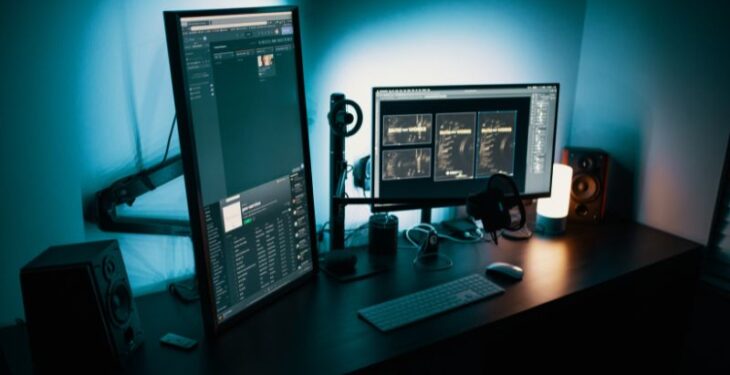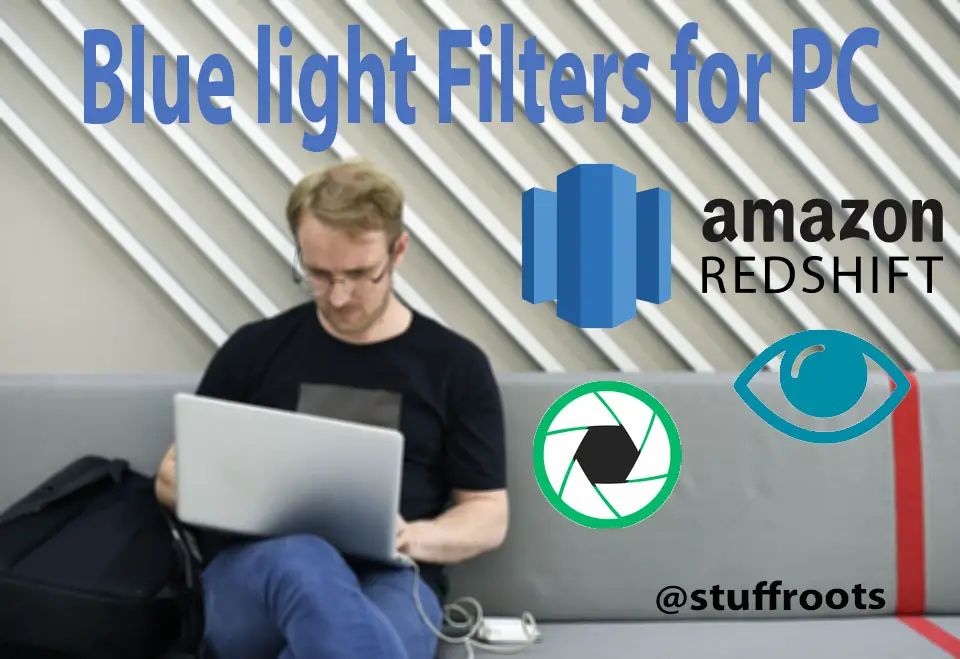Finding the perfect PC for video editing can be a daunting task, especially when working with a low-end PC. For those seeking the best video editor for low end PC, it’s essential to understand that the right hardware can significantly enhance the performance of even the most resource-intensive video editing software. This comprehensive guide is designed to help you navigate through the critical components and considerations, ensuring you select a system that meets your video editing needs without breaking the bank.
Introduction to Video Editing PCs
Video editing is a process that demands significant computational power and efficiency from your computer. The right PC for this task can drastically improve your workflow, rendering times, and overall productivity, whether you’re cutting home videos, creating content for social media, or producing cinematic works. The key to a seamless editing experience lies in choosing a PC that can handle your specific video editing software and the complexity of your projects.
Understanding Your Video Editing Needs
The first step in selecting a video editing PC is to assess your needs accurately. Consider the resolution at which you’ll be editing—whether it’s HD, 4K, or even 8K footage—as this will impact your choice of hardware. Additionally, think about the length and complexity of your projects, as well as the effects and transitions you typically use. These factors will determine the processing power, memory, and storage you’ll need to work efficiently.
The Importance of Processor Speed
The processor, or CPU, is the heart of your video editing system. A fast and multi-core processor is crucial for efficiently handling high-resolution video files, complex effects, and multitasking with various software. For video editing, consider a CPU with at least four cores, though six or more cores are ideal for heavier workloads and more demanding tasks.
RAM Requirements for Smooth Editing
RAM plays a vital role in video editing by allowing your computer to handle multiple operations and large files simultaneously. A minimum of 16GB of RAM is recommended for basic editing, but for more intensive tasks, especially with high-resolution footage, 32GB or more is preferable. More RAM means better multitasking capabilities and smoother playback, reducing the likelihood of lag or crashes during the editing process.
Storage Solutions for Video Editors
With video files being notoriously large, ample and fast storage is essential. Solid State Drives (SSDs) are preferred for their speed, which is crucial for quickly accessing and rendering video files. However, due to their higher cost per gigabyte, a combination of SSDs for your operating system and frequently used software, along with larger Hard Disk Drives (HDDs) for storing raw video files, can be a cost-effective solution.
Importance of a Good Graphics Card
A dedicated graphics card (GPU) can significantly improve rendering times and playback performance, a must for high-resolution and complex video editing tasks. GPUs accelerate the rendering process and can also offload tasks from the CPU, making the editing process smoother. Look for a card with substantial VRAM and support for hardware acceleration in your chosen video editing software.
Key Components of a Video Editing PC
- Processor (CPU): The CPU affects every aspect of video editing, from software performance to rendering speeds. High-core-count processors from Intel and AMD offer the computational power needed for demanding video editing tasks.
- Memory (RAM): Ample high-speed RAM is crucial for efficient multitasking and handling large video files without slowdowns.
- Storage: SSD vs HDD: An SSD for your operating system and editing software combined with an HDD for video storage offers a balance of speed and capacity.
- Graphics Card (GPU): A powerful GPU accelerates rendering and improves playback performance, especially crucial for 4K and higher resolutions.
- The Role of the Motherboard: Choose a motherboard that supports future upgrades and has enough ports and slots for your needs.
- Cooling Systems for Performance Stability: Effective cooling ensures your components run at optimal temperatures, maintaining performance stability during long editing sessions.
Choosing the Right Software for Video Editing
Matching your PC’s hardware to your video editing software’s requirements, such as AI Text-to-Video capabilities, is crucial for optimal performance. Whether you’re using Adobe Premiere Pro, Final Cut Pro, or another editor, ensure your system meets or exceeds the recommended specifications. This foresight will save you from performance issues and help future-proof your investment.
Compatibility with Video Editing Software
Not all video editing software is created equal, and some programs are more demanding than others. Research the hardware requirements for your preferred software and aim to exceed them to ensure smooth operation and compatibility, especially for updates and more complex projects down the line.
Future-proofing Your Setup
Investing in a PC with slightly more advanced specifications than you currently need can extend the lifespan of your system. As video editing software evolves and file resolutions increase, having a system that can accommodate these advances will save you time and money in the long run.
Where to Buy Your Video Editing PC
Whether you opt for a pre-built system from a reputable manufacturer or decide to custom-build your PC, it’s important to consider the quality of components, warranty, and customer service. Pre-built systems offer convenience and reliability, while custom PCs allow for more personalized specifications and can often provide better value for your money.
Pre-built vs Custom PCs
Choosing between a pre-built PC and a custom-built one depends on your comfort level with technology and specific needs. Pre-built PCs from reputable brands come with the assurance of reliability and customer support, while custom-building allows for tailored specifications and potentially lower costs.
Best Places to Purchase
Do thorough research on where to buy your video editing PC, focusing on trusted retailers, user reviews, and post-purchase support. Whether you’re buying online or in-store, ensure you’re getting the best value, warranty, and support for your investment.
Conclusion
Choosing the right PC for video editing is a critical decision that influences your editing efficiency, project quality, and overall satisfaction with the editing process. By carefully considering your needs, selecting the right components, and ensuring compatibility with your video editing software, you can build or buy a system that meets your demands and stands the test of time. Remember, investing in the right tools for your creative projects can make all the difference in achieving your vision and delivering compelling video content.






